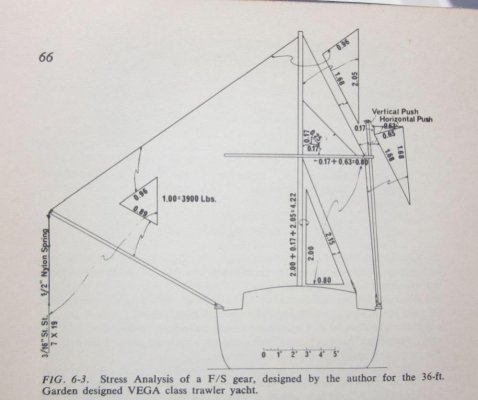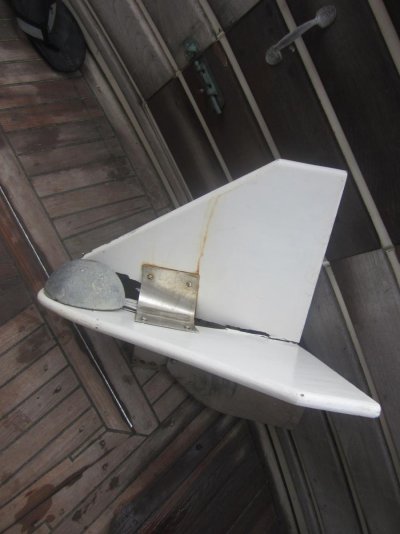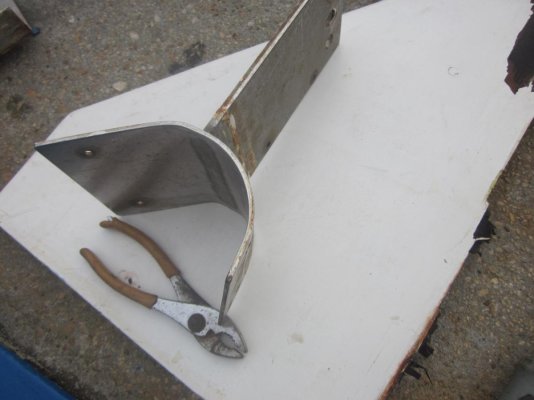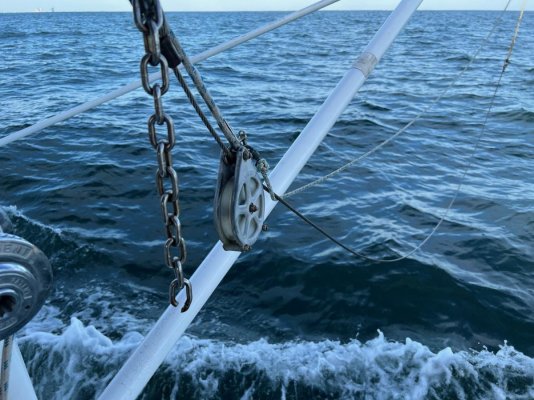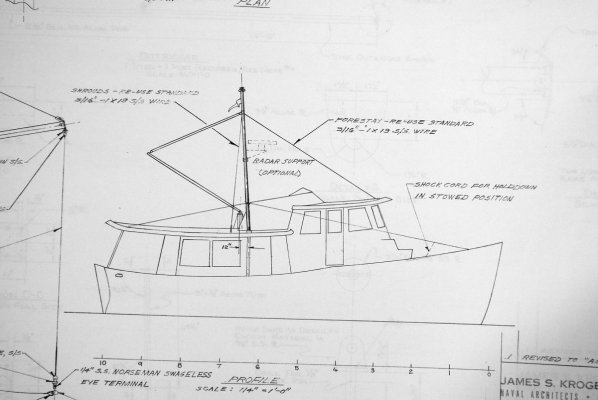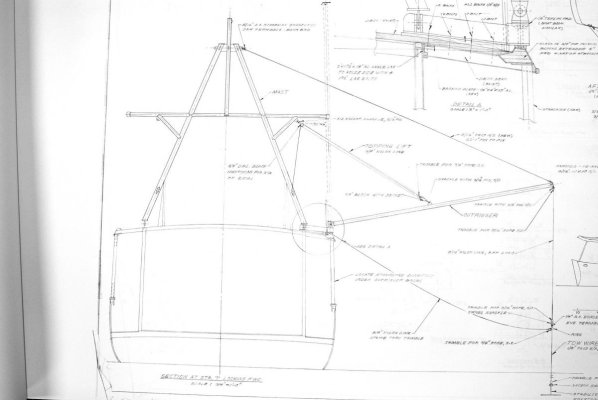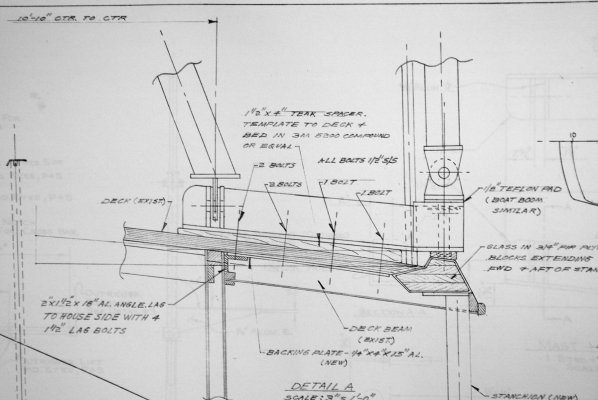Simi 60
Guru
- Joined
- Jul 1, 2016
- Messages
- 5,482
- Location
- Australia
- Vessel Make
- Milkraft 60 converted timber prawn trawler
Has anyone actually measured the loads when underway of paravanes in action?
I know in Beebes book it was made mention of around 3 ton but I'm starting to think that can't be right
Reason I say this is because of the plywood paravanes
This being one

And another


From this thread
https://www.trawlerforum.com/forums/s31/paravanes-vs-sea-gyro-vs-active-fins-5870.html
My thinking would be if there was 3 ton of load, so 1.5 ton of load either side of the centreline of 3/4 inch plywood fish, it'd collapse
Thoughts?
I know in Beebes book it was made mention of around 3 ton but I'm starting to think that can't be right
Reason I say this is because of the plywood paravanes
This being one
And another
From this thread
https://www.trawlerforum.com/forums/s31/paravanes-vs-sea-gyro-vs-active-fins-5870.html
My thinking would be if there was 3 ton of load, so 1.5 ton of load either side of the centreline of 3/4 inch plywood fish, it'd collapse
Thoughts?

